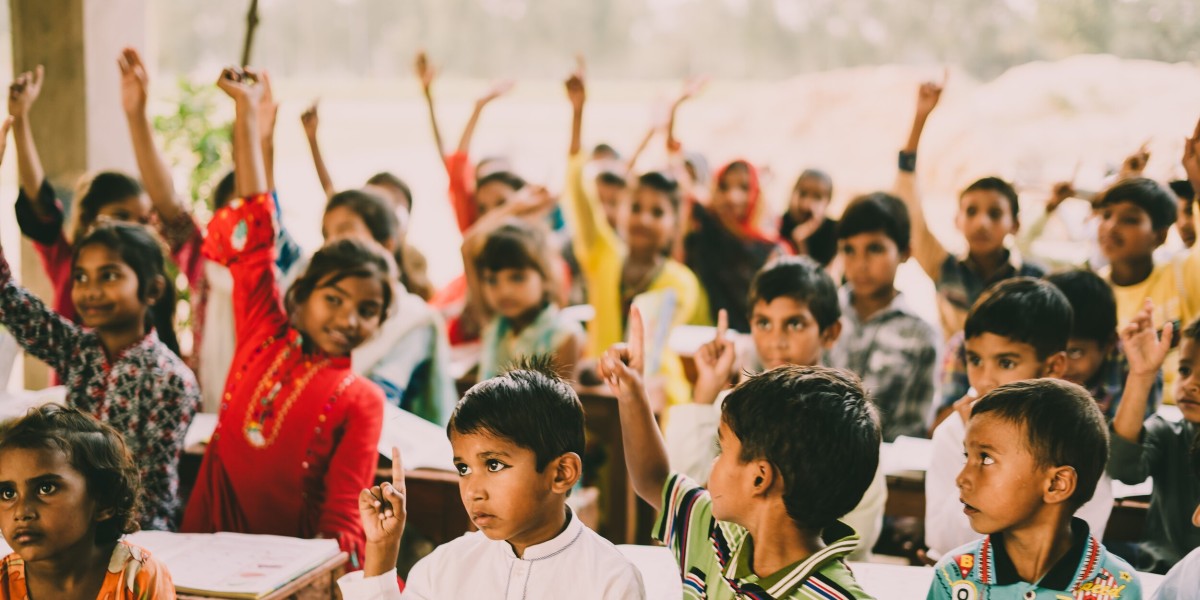Pakistan, a country rich in cultural diversity and youthful potential, has undergone significant social and legal transformation over the years, especially in the realm of human rights. Among the most crucial issues that have evolved over time is the protection and promotion of children rights in Pakistan. From early neglect to progressive constitutional amendments and international commitments, the country’s journey in securing a better future for its children reflects both challenges and achievements.
Institutions like SOS Children’s Villages Pakistan have been instrumental in this evolution, playing a crucial role in addressing the needs of orphaned, abandoned, and vulnerable children. This blog explores the historical, legal, and social evolution of children's rights in Pakistan, the current status, challenges, and the way forward.
Understanding Children Rights
Children’s rights are the fundamental entitlements and freedoms afforded to every person under the age of 18, regardless of race, gender, religion, or nationality. These include the right to education, healthcare, protection from abuse, the right to be heard, and the right to a family life.
In Pakistan, where nearly 35% of the population is under the age of 15, ensuring these rights is not only a matter of ethical responsibility but a key driver for national development.
Historical Background: A Delayed Start
Colonial Legacy and Early Neglect
During British colonial rule, child welfare in the Indian subcontinent received little attention. Although some child labor laws existed, their enforcement was minimal, and most children were subjected to exploitative conditions, both at home and at work.
After independence in 1947, Pakistan inherited a fragile institutional framework. Initially, the focus was more on nation-building, infrastructure, and governance, and issues like child welfare and rights were low on the priority list.
The Turning Point: Pakistan’s Commitment to Child Rights
Ratification of the UNCRC
A major milestone came in 1990 when Pakistan ratified the United Nations Convention on the Rights of the Child (UNCRC), committing itself to international standards for the protection and welfare of children. This commitment laid the foundation for a legal framework aimed at promoting and protecting children's rights.
Constitutional Amendments
The Constitution of Pakistan recognizes the importance of children’s welfare. Key articles include:
· Article 11(3): Prohibits employment of children under 14 in factories and hazardous employment.
· Article 25A: Provides the right to free and compulsory education for all children aged 5 to 16.
· Article 37(e): Ensures that children are not employed in vocations unsuitable to their age.
These articles, although commendable, faced issues of enforcement and implementation for many years.
Legislative Progress: Laws for Children Protection
Major Laws Enacted
Over the past few decades, Pakistan has made some legal strides in protecting child rights:
1. Juvenile Justice System Ordinance (2000): Reforms for the treatment and rehabilitation of juvenile offenders.
2. The Employment of Children Act (1991): Aims to protect children from child labor.
3. The Punjab Destitute and Neglected Children Act (2004): Protection of neglected children through welfare institutions.
4. National Commission on the Rights of Child Act (2017): Establishment of a federal commission to monitor and evaluate the implementation of child rights.
Child Protection Bureaus
Several provincial governments have established Child Protection Bureaus, especially in Punjab, to rescue and rehabilitate children at risk.
The Role of Civil Society: SOS Children’s Villages Pakistan
Amid these governmental reforms, non-governmental organizations have played a transformative role. SOS Children’s Villages Pakistan is one such organization that stands out in the landscape of child welfare.
About SOS Children’s Villages Pakistan
Founded in 1975, SOS Children’s Villages Pakistan is dedicated to providing a loving home, quality education, healthcare, and emotional support to children who have lost parental care or are at risk of abandonment. With multiple villages across Pakistan, the institution offers:
· Family-like care: Children grow up in SOS homes with caregivers and siblings.
· Education support: Through Herman Gmeiner Schools and youth development programs.
· Youth homes: For older children transitioning into adulthood.
· Community outreach programs: Supporting families in crisis to prevent child abandonment.
This holistic model ensures children are not only protected but also empowered to thrive and become responsible citizens.
Current Status of Children Rights in Pakistan
Despite the legal framework and institutional efforts, children in Pakistan still face numerous challenges:
1. Child Labor
According to ILO estimates, millions of children in Pakistan are engaged in labor, especially in agriculture, domestic work, and the informal economy. This continues to rob them of their childhood and access to education.
2. Education Inequality
Although Article 25A guarantees free education, over 22 million children remain out of school in Pakistan, especially girls and children in rural or conflict-affected areas.
3. Child Marriage
Early and forced marriages are prevalent, especially in parts of Sindh, Punjab, and Khyber Pakhtunkhwa, despite laws prohibiting child marriage.
4. Child Abuse and Exploitation
Cases of child abuse, trafficking, and sexual exploitation are alarmingly high. The Kasur child abuse scandal and other incidents have exposed the severity of this crisis.
5. Malnutrition and Health
Pakistan has one of the highest rates of stunted growth among children. Malnutrition, lack of access to clean water, and poor healthcare infrastructure contribute to high infant and child mortality rates.
Conclusion
The journey of children rights in Pakistan is one marked by challenges, resilience, and evolving commitments. From a time when child welfare was barely on the national agenda, Pakistan has come a long way in embedding children's rights into its constitutional, legal, and social fabric.








